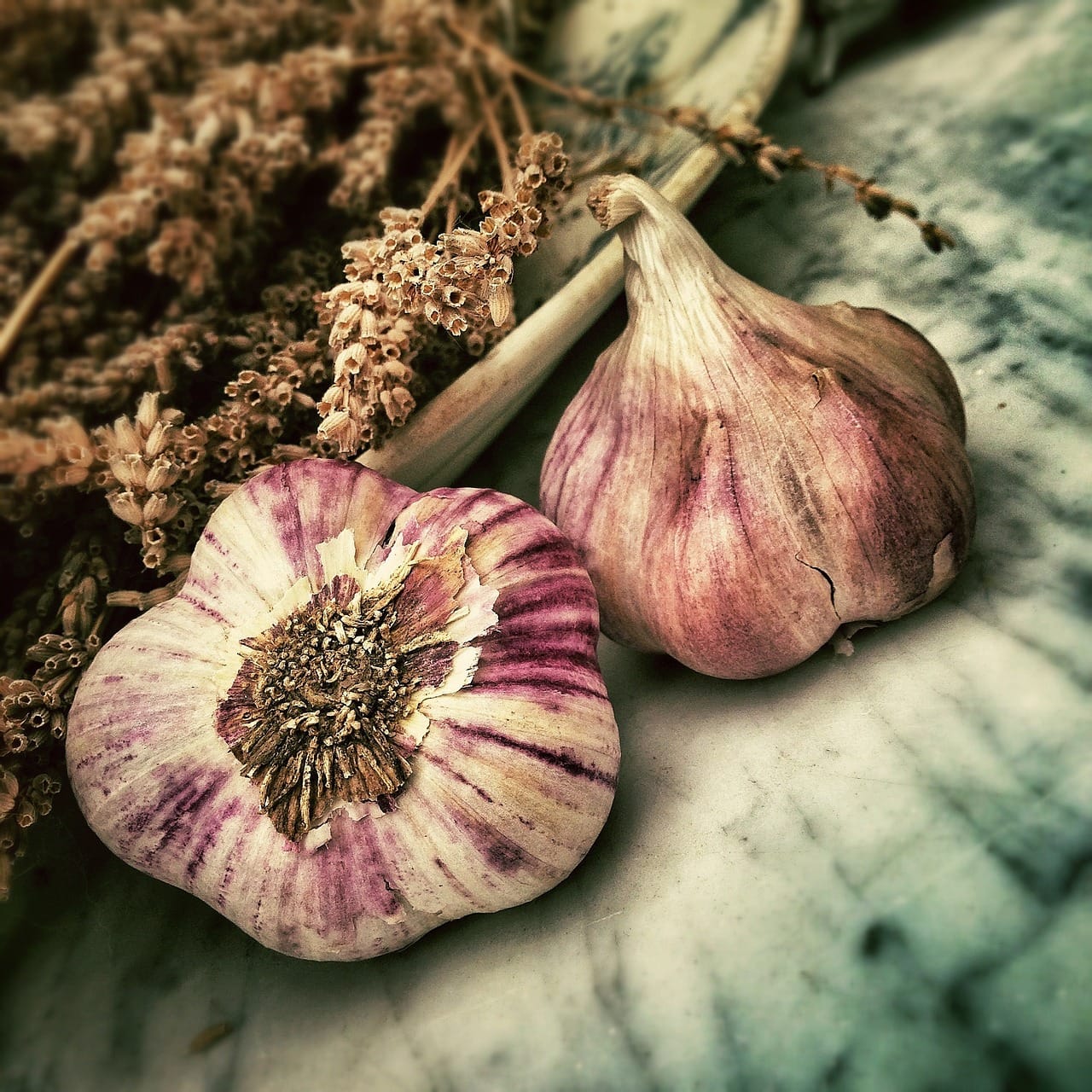Spaghetti squash, a delightful and versatile winter squash, is more than just a seasonal favorite. Its unique ability to transform into noodle-like strands after cooking makes it a healthy and delicious alternative to traditional pasta. Whether you’re looking for a low-carb option, a gluten-free delight, or simply a nutritious and flavorful vegetable, spaghetti squash is a fantastic choice. In this guide, we’ll explore everything you need to know about this culinary gem, from its nutritional benefits and preparation methods to creative recipe ideas and storage tips.
What is Spaghetti Squash?
Origin and Characteristics
Spaghetti squash ( Cucurbita pepo ) is a type of winter squash known for its oblong shape and pale yellow or ivory color. Its flesh is dense and firm when raw, but when cooked, it separates into strands that resemble spaghetti. These strands are mildly sweet and have a slightly nutty flavor, making it an excellent base for various sauces and toppings. Native to Central and North America, spaghetti squash has been cultivated for centuries and is now enjoyed worldwide.
Nutritional Profile
This humble squash is packed with nutrients, making it a healthy addition to any diet. Here’s a glimpse of its nutritional benefits:
- Low in Calories: A 1-cup serving of cooked spaghetti squash contains only around 42 calories, making it a great option for weight management.
- Rich in Vitamins: It’s a good source of Vitamin A, Vitamin C, and several B vitamins, contributing to overall health and well-being.
- High in Fiber: The high fiber content aids in digestion, promotes satiety, and helps regulate blood sugar levels.
- Antioxidant Properties: Spaghetti squash contains antioxidants that help protect your body against cellular damage caused by free radicals.
- Good Source of Minerals: It provides essential minerals such as potassium, manganese, and magnesium, which are vital for various bodily functions.
How to Cook Spaghetti Squash
Preparation Steps
Before you can enjoy the noodle-like strands, you need to cook the squash. Here’s a simple method:
Alternative Cooking Methods
Besides roasting, you can also cook spaghetti squash using these methods:
- Microwaving: Cut the squash in half, remove the seeds, and place it cut-side up in a microwave-safe dish with about 1/2 inch of water. Cover and microwave on high for 10-15 minutes, or until tender.
- Instant Pot: Cut the squash in half or in rings (if it’s a very large squash), remove the seeds, and place it on the trivet in the Instant Pot with 1 cup of water. Cook on high pressure for 7-9 minutes, followed by a natural pressure release for 10 minutes.
- Slow Cooker: Cut the squash in half, remove the seeds, and place it cut-side down in the slow cooker with 1 cup of water. Cook on low for 6-8 hours, or on high for 3-4 hours, until tender.
Creating the “Spaghetti” Strands
Once the squash is cooked, let it cool slightly. Use a fork to scrape the flesh from the sides of the squash. As you scrape, the flesh will naturally separate into strands that resemble spaghetti. Fluff the strands with a fork and discard the skin.
Delicious Spaghetti Squash Recipes
Classic Pasta Alternatives
Spaghetti squash makes an excellent substitute for traditional pasta in many dishes.
- Spaghetti Squash with Marinara Sauce: Simply top the cooked spaghetti squash strands with your favorite marinara sauce, meatballs, and a sprinkle of Parmesan cheese.
- Spaghetti Squash Carbonara: Toss the strands with a creamy carbonara sauce made from eggs, Parmesan cheese, pancetta, and black pepper.
- Spaghetti Squash with Pesto: Combine the strands with vibrant pesto sauce, cherry tomatoes, and pine nuts for a refreshing and flavorful meal.
Creative and Unique Dishes
Beyond traditional pasta replacements, spaghetti squash can be incorporated into various creative dishes:
- Spaghetti Squash Boats: Fill the cooked squash halves with a mixture of ground meat, vegetables, and cheese, then bake until bubbly and golden brown.
- Spaghetti Squash Fritters: Combine the cooked strands with eggs, breadcrumbs, cheese, and seasonings, then pan-fry into crispy fritters.
- Spaghetti Squash Salad: Toss the cooked strands with mixed greens, grilled chicken or shrimp, and a light vinaigrette for a healthy and satisfying salad.
- Spaghetti Squash Casserole: Mix the squash with a creamy cheese sauce, vegetables, and a crispy breadcrumb topping, then bake until golden and bubbly.
Roasting the Seeds
Don’t discard the seeds! They can be roasted for a crunchy and nutritious snack:
Storing and Preserving Spaghetti Squash
Raw Spaghetti Squash
- Storage: Store whole, uncut spaghetti squash in a cool, dry place like a pantry or basement. When stored properly, it can last for 1-3 months.
- Ideal Conditions: Maintain a temperature between 50-60°F (10-15°C) and avoid direct sunlight.
Cooked Spaghetti Squash
- Refrigeration: Store cooked spaghetti squash strands in an airtight container in the refrigerator for up to 3-4 days.
- Freezing: For longer storage, freeze the cooked strands in freezer-safe bags or containers for up to 2-3 months. Thaw in the refrigerator before using. To prevent the strands from becoming too watery after thawing, gently squeeze out any excess moisture before using in recipes.
Growing Your Own Spaghetti Squash
Planting and Cultivation
If you have a green thumb, growing your own spaghetti squash can be a rewarding experience.
- Timing: Start seeds indoors 3-4 weeks before the last expected frost, or direct sow seeds outdoors after the danger of frost has passed.
- Location: Choose a sunny location with well-drained soil.
- Spacing: Space plants 2-3 feet apart in rows 4-6 feet apart.
- Care: Water regularly, especially during dry periods. Fertilize with a balanced fertilizer according to package directions.
- Harvesting: Harvest spaghetti squash when the skin is hard and the color has deepened. The stem should be dry and firm.
Common Pests and Diseases
Be aware of common pests and diseases that can affect spaghetti squash plants, such as squash bugs, squash vine borers, and powdery mildew. Implement preventative measures like crop rotation, proper watering, and the use of insecticidal soap or fungicide if necessary.
Conclusion
Spaghetti squash is a versatile and nutritious vegetable that offers a healthy and delicious alternative to traditional pasta. From its impressive nutritional profile to its ease of preparation and countless recipe possibilities, this winter squash is a valuable addition to any culinary repertoire. Whether you’re roasting, microwaving, or using an Instant Pot, getting those perfect spaghetti-like strands is easier than you think. So, embrace the flavors and benefits of spaghetti squash and explore the many creative ways to enjoy this seasonal favorite!




